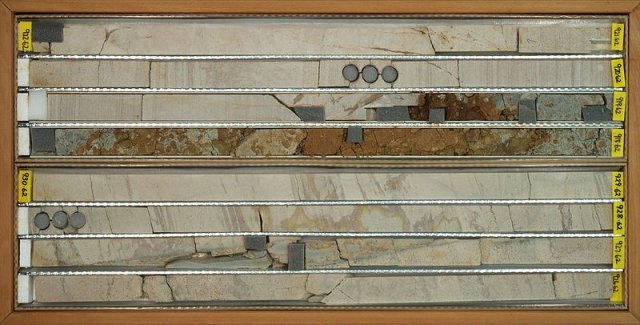Indicators: Sediment Mercury
What is sediment mercury?
Sediment mercury is mercury that has become embedded into the bottom substrates of aquatic ecosystems. Mercury enters waterbodies naturally through volcanic activity and mineral weathering of rocks over time, as well as through industrial and urban sources such as coal-burning power plants or hazardous waste incineration. Mercury that is released into the air may eventually settle into or be washed into water, where it deposits onto lake bottoms, streambeds, wetlands and intertidal zones and is integrated into bottom substrates.
Why is sediment mercury important?

Mercury is a common pollutant of aquatic ecosystems and it can have a substantial impact on both human and wildlife health. Sediment mercury can be converted by microorganisms into methylmercury, a highly toxic chemical that builds up in fish, shellfish and animals that eat fish. At high levels of methylmercury exposure, harmful effects on these animals can include reduced reproduction, slower growth and development, abnormal behavior, and even death. Humans can also be exposed to methylmercury through fish and shellfish consumption. Mercury exposure at high levels can harm the brain, heart, kidneys, lungs and immune system of people of all ages, especially children.
What can sediment mercury tell us about the condition of water?
Sediment mercury is an indicator of the recreational safety and ecological health of our nation’s waters. Measuring the extent and distribution of sediment mercury, in relation to methylmercury levels and bioaccumulation potential, can tell us about potential threats to human health and wildlife. Measuring mercury at different depths or segments of a sediment core can also provide information on historical mercury accumulation rates and changes in concentration over several decades.
How is this indicator used in NARS?
The sediment mercury indicator was a research indicator in the National Lakes Assessment
| NLA | NRSA | NCCA | NWCA | Indicator Type |
|---|---|---|---|---|
| Core Indicator | ||||
| X | Research Indicator |
